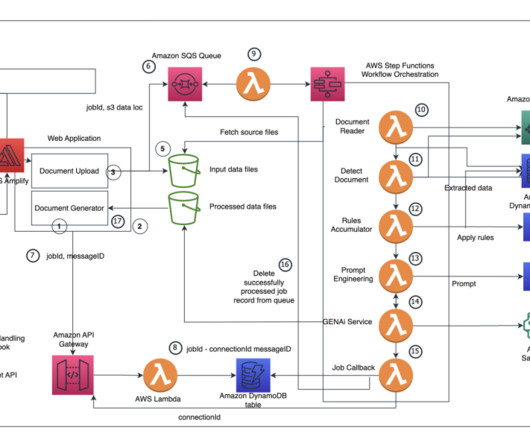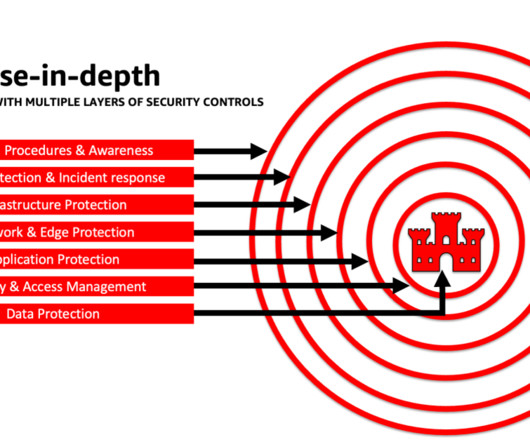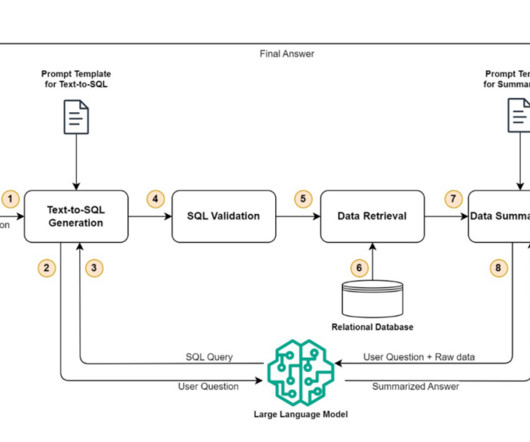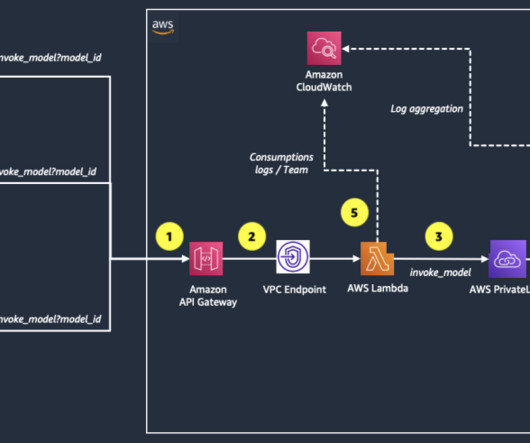Accenture creates a regulatory document authoring solution using AWS generative AI services
AWS Machine Learning - AI
FEBRUARY 6, 2024
The React application uses the Amplify authentication library to detect whether the user is authenticated. The application uses the Amplify libraries for Amazon Simple Storage Service (Amazon S3) and uploads documents provided by users to Amazon S3. Another Lambda function gets triggered with a new message in the SQS queue.
































Let's personalize your content